The Southeastern Pennsylvania Symphony Orchestra returns with music that allows us to heal, remember, reflect, and hope. Copland’s Quiet City depicts the stillness of our streets, and Barber’s emotional Adagio for Strings captures our heartbreaks and sorrows as we remember those suffering or who have been lost during the pandemic. The performance leaves us with the true American spirit of possibilities and a better tomorrow through the enduring and popular Appalachian Spring.
Saturday, 10 October 2020
7:30 p.m.
SPSO LIVEstream!
Beth Benson - English Horn
Curry Moyer - Trumpet
Support the SPSO
To make a donation please call 267.217.2273 or donate securely through PayPal by clicking the "Donate" button below.
Watch Saturday's performance on YouTube or, you can also view at https://livestream.com/tat/spso-oct-2020/videos/211980114
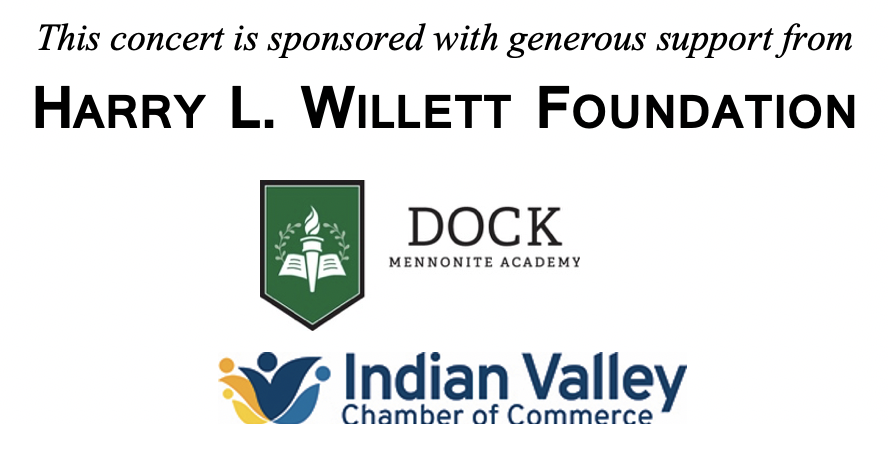
Entering his nineteenth season as Music Director of the Southeastern Pennsylvania Symphony Orchestra, Maestro Allan R. Scott has been noted as one of North America’s most dynamic young figures in symphonic music and opera. He is widely recognized for his innovative approach to programming, dynamic vision, and ability to elicit top-notch performances from musicians.
Dividing his time between residences in Helena and Philadelphia, Pennsylvania, the Philadelphia native also marks his eighteenth season as Music Director of Montana’s Helena Symphony Orchestra & Chorale. In addition, he also serves as the Principal Conductor of the Wilmington Ballet Company in Delaware.
Composer Kile Smith’s The Arc in the Sky with The Crossing received a 2020 Grammy Award nomination for Best Choral Performance, and his Canticle with Cincinnati’s Vocal Arts Ensemble helped win the 2020 Best Classical Producer Grammy for Blanton Alspaugh.
Mr. Smith has gained national and international acclaim with commissions from The Crossing, Conspirare, Piffaro, Helena Symphony, Lyric Fest, Westminster Choir College, Mendelssohn Club of Philadelphia, Newburyport Chamber Music Festival, the Pennsylvania and iSing Girlchoirs, Choral Arts Philadelphia, Gaudete Brass, Red Shift, and Cincinnati’s Vocal Arts Ensemble, with major choral works heard in Chicago, Boston, San Francisco, Dallas, Canada, England, and New Zealand.
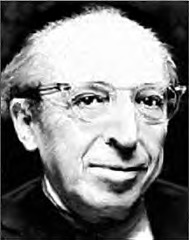
AARON COPLAND
Born: Brooklyn, NY, 14 November 1900
Died: Peekskill, NY, 2 December 1990
“I felt that it was worth the effort to see if I couldn’t say what I had to say in the simplest possible terms.” — Aaron Copland
Parallel Events / 1940
Nazis begin Battle of Britain & establish Jewish Ghetto in Poland
Winston Churchill becomes Prime Minister of England
Franklin D. Roosevelt is reelected for an unprecedented third term as U.S. President
U.S. begins military draft for World War II
Estonia, Latvia, and Lithuania join the Soviet Union
Ernest Hemingway publishes novel For Whom the Bell Tolls
Disney films Fantasia and Pinocchio premiere
Writer F. Scott Fitzgerald dies
Golf Pro Jack Nicklaus, singer Tom Jones, journalists Tom Brokaw and Ted Koppel, and actors Al Pacino, Martin Sheen, and Peter Fonda are born
La Guardia Airport opens to the public
Nylon stockings are first sold
Quiet City
Copland’s Quiet City is scored for English horn solo, trumpet solo, and divided strings.
Duration: 10 minutes
Copland’s Quiet City is the composer’s attempt to capture “the night thoughts of many different people in a great city,” explains Copland. Originally intended as incidental music to an Irwin Shaw play directed by Elia Kazan in 1939, Quiet City told the story of two brothers, one of whom rejected his Jewish heritage in an effort to succeed in the business world, while the other brother maintained an unconventional, artistic, and socially conscious lifestyle. In Copland’s score, the prominent trumpet solo embodies one of the brothers wandering about the city at night, imagining the thoughts of the people around him.
Quiet City “called for music evocative of the nostalgia and inner distress of a society profoundly aware of its own insecurity,” Copland explains. “The author’s mouthpiece was a young trumpet player, whose trumpet playing helped to arouse the conscience of his fellow-players and of the audience.” While the play lasted only a few performances, Copland borrowed the name of the play and the trumpet themes he composed for the incidental music and reworked them into an atmospheric ten minute tone-poem for trumpet solo, English horn solo, and strings (the original incidental music for the play was scored for two clarinets, bass clarinet, saxophone, trumpet, and piano).
Copland biographer Howard Pollock wonderfully analyzes Quiet City.
The slow, soft opening for strings and English horn, an urban pastoral, evokes the quiet city at night, with Copland’s oft-cited telescoped harmonies, along with bass pizzicato (plucking of the strings), suggesting underlying tensions. The trumpet enters with a repeated-note recitative influenced by Jewish chant – marked by the composer as ‘nervous, mysterious’... The music proceeds to a songful, expressive melody suggestive of a nostalgia for youthful aspirations. A brief and strong duet for strings clears the air, introducing a dirge that moves optimistically from minor to major and, finally, to a stunning return of the nostalgia theme, now full of hope. The music winds down to the opening city music and, once again, like a reminder in the night, we hear the work’s nervous call, the work ends on a hesitant note… and the music raises more questions than it answers.
Parallel Events / 1944
Height of World War II in Europe and Pacific
Height of Holocaust
Franklin D. Roosevelt is elected for fourth term as U.S. President
Tennessee Williams’ play The Glass Menagerie premieres
Leonard Bernstein’s musical On the Town and ballet Fancy Free premiere
Bartok’s Concerto for Orchestra premieres
First open-heart surgery
Bandleader Glenn Miller dies in plane crash
Appalachian Spring
Appalachian Spring ballet score was originally composed for flute, clarinet, bassoon, piano, two first violins, two second violins, two violas, two cellos, and double bass. The Suite was later composed for two flutes, two oboes, two clarinets, two bassoons, two horns, two trumpets, two trombones, timpani, xylophone, snare drum, bass drum, cymbals, tabor snare drum, wood block, claves, glockenspiel, and triangle.
Duration: 25 minutes
On May 8, 1945 the headlines of the New York Times read: THE WAR IN EUROPE IS ENDED! America celebrated its military triumph over totalitarianism. It simultaneously emerged as a “superpower” in the world along with the Soviet Union. Technology, weapons, and the will to go to war determined who was more “super.”
Ironically, the caption underneath the headline listed the Pulitzer Prize Awards for 1944 and Aaron Copland received the prize in music for his ballet score Appalachian Spring – the work that became a hallmark of Copland’s artistry and musical vocabulary. Appalachian Spring “has to do with the pioneer American spirit, with youth and spring, with optimism and hope,” said Copland. It affirmed why America entered the War, and audiences knew immediately and are still reminded what the country fought for when they saw and heard Appalachian Spring, even though it had no explicit patriotic theme.
Copland’s collaborator, choreographer Martha Graham, not Copland, named the ballet Appalachian Spring after a line from a Hart Crane epic, The Bridge, declaring “O Appalachian Spring!” Although the ballet is American in spirit, the plot is a love story. “It was Graham’s great genius,” explained Copland, “to retain the intensity of the relationship while idealizing and abstracting the Bride and Husband just enough so that they reach beyond themselves to express the springtime of the nation as well as the springtime in their own lives.” The result in the score was music with a quiet glow, a Puritan restraint, and the tenderness of young love, centered around the Shaker hymn, Simple Gifts or ‘Tis the Gift to be Simple.
Perhaps without realizing it, America, while basking in its new status in the world after the War, was also longingly looking back at its innocence and belief that if we just move a little farther west, we will find another beginning, another promise of tomorrow. In 1986 the U.S. Congress awarded Copland the Congressional Gold Medal recognizing Copland for his “his special achievement in creating a uniquely American style of composition, making a vital contribution to American artistic life.”
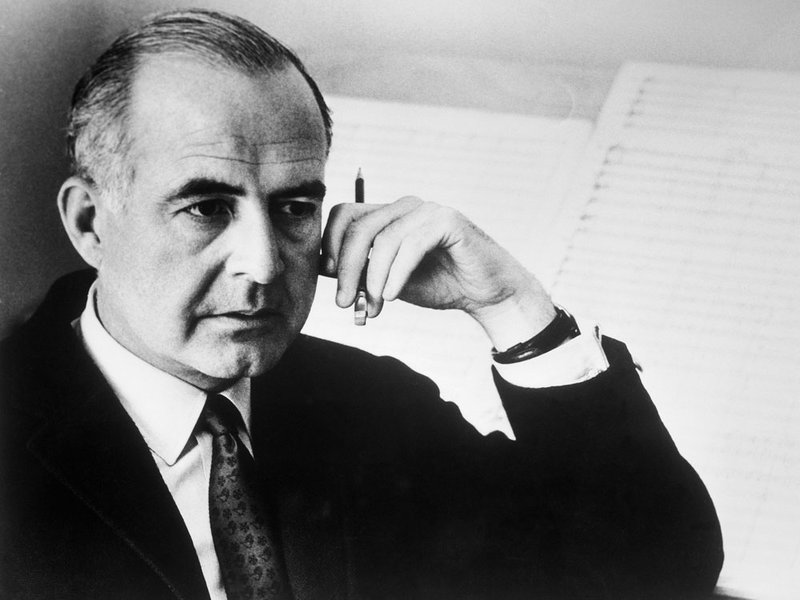
SAMUEL BARBER
Born: West Chester, Pennsylvania, 9 March 1910
Died: New York City, New York, 23 January 1981
“I was meant to be a composer, and will be I’m sure. Don’t ask me to try to forget this and go play football – Please.” — Samuel Barber to his father
Parallel Events / 1938
Hitler seizes control of German army
FDR establishes the March of Dimes to eradicate polio
Thorton Wilder’s play Our Town premieres
Orson Welles reads War of the Worlds on the radio creating mass panic
Picasso paints Young Girl with a Boat
Copland’s ballet Billy the Kid premieres
Superman premieres in D.C. Comics
Bugs Bunny premieres
First use of seeing-eye dog
Instant coffee invented
King of Spain Juan Carlos I, singer Kenny Rogers, and actors Brian Dennehy, Jon Voight, Natalie Wood, and Christopher Wood are born
Adagio for Strings
Barber’s Adagio for Strings is composed for divided string orchestra.
Duration: 8 minutes
The lyrical and ardently romantic Adagio for Strings is Barber’s best-known composition. It began as the slow movement from his String Quartet written in 1936, but was later extracted and orchestrated for conductor Arturo Toscanini in 1938. American audiences instantly connected with Adagio for Strings as it became an inspirational work of contemplation and meditation. In addition to the struggles from the Great Depression, the threat of Nazi power, the work became an American elegy, especially for the dead of World War II.
Opening with a sense of poignant melancholy, the Adagio for Strings develops into an outpouring of emotional anguish and even grief. The work is nothing short of a genuine, “non-Hollywoodian” tearjerker, but is never emotionally bullied, never forced. Musicologist Wilfrid Mellers explains that “the consistently step-wise movement and control of climax exhibits how Barber was correct in believing that the truth of his religious sensibility was inseparable from his awareness of the common heart of humanity.”
Barber produced a third version of his Adagio in 1967 as a choral setting of the traditional Agnus Dei (“Lamb of God”) text. Today, the full string orchestra version has been used in over twenty television shows and films, particularly Platoon, and has graced ceremonies in honor of presidents (Franklin D. Roosevelt and John F. Kennedy), martyred politicians, and most recently was used to commemorate the victims of the September 11.
Ultimately, there is an overwhelming sense of simplicity to the Adagio for Strings that gives the work its timelessness. Music critic Olin Downes suggests that the simplicity is because the Adagio for Strings is “honest music, by an honest musician…”
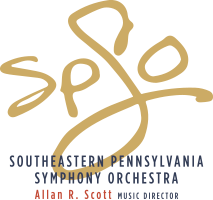
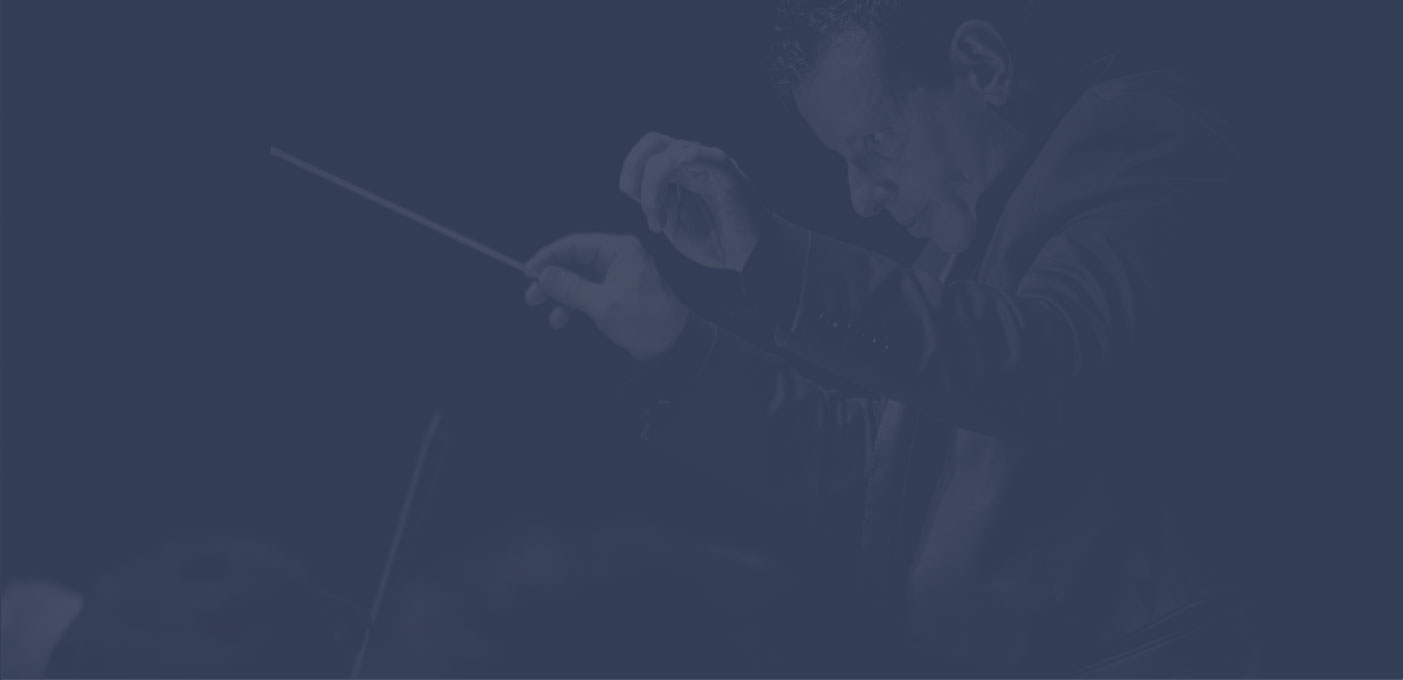

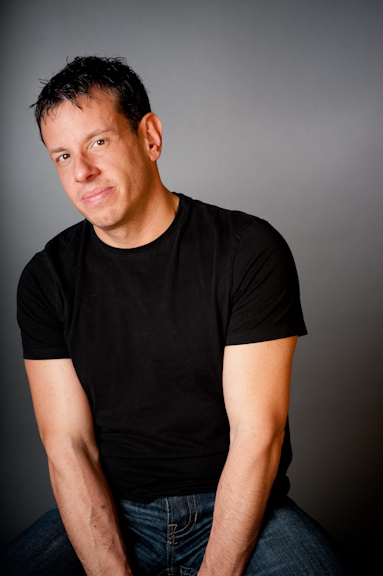
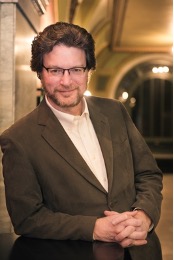
0 Comments